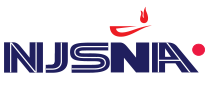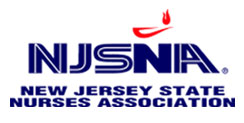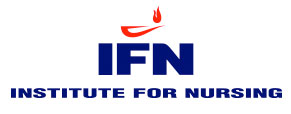Field Notes from the Frontline of a COVID-19 Outbreak
 Dyspnea Management for Hospitalized Patients at End-of-Life
Dyspnea Management for Hospitalized Patients at End-of-Life
Dawn Pavlu, MSN, APN, AGACNP-BC, ACHPN, CCRN
Katherine DeMarco, DNP, MSHS, APN, FNP-BC, ACHPN
Yusimi Sobrino-Bonilla, MSN, APN, ANP-BC, ACHPN, CCRN
Abstract
Northern New Jersey was inside one of the worst initial coronavirus disease 2019 pandemic epicenters in the United States. At the peak of the pandemic surge in mid-April 2020, New Jersey saw 8045 hospitalized patients with severe coronavirus disease 2019 symptoms, of which 2,002 were in intensive care unit beds (86.3% of statewide capacity), including 1,705 requiring mechanical ventilation. Because of the severity of pulmonary dysfunction/hypoxia, the unprecedented numbers of critically ill patients, the national opioid shortage and transmission prevention measures for standard palliative care treatment protocols in place for refractory and/or end-of-life dyspnea were found to be ineffective in providing adequate symptom relief.
The aim of the following “Notes from the Field…” is to provide concise, pragmatic and experiential reflection by three palliative care advanced practice nurses from three different hospital systems within the pandemic epicenter. The novel methods and opioid strategies implemented by their respective palliative care teams to ensure continued effective and appropriate treatment for end-of-life dyspnea are described. These accounts include lessons learned in order to assist others who may need to quickly implement changes in the future due to pandemic resurgence or second-wave events.




